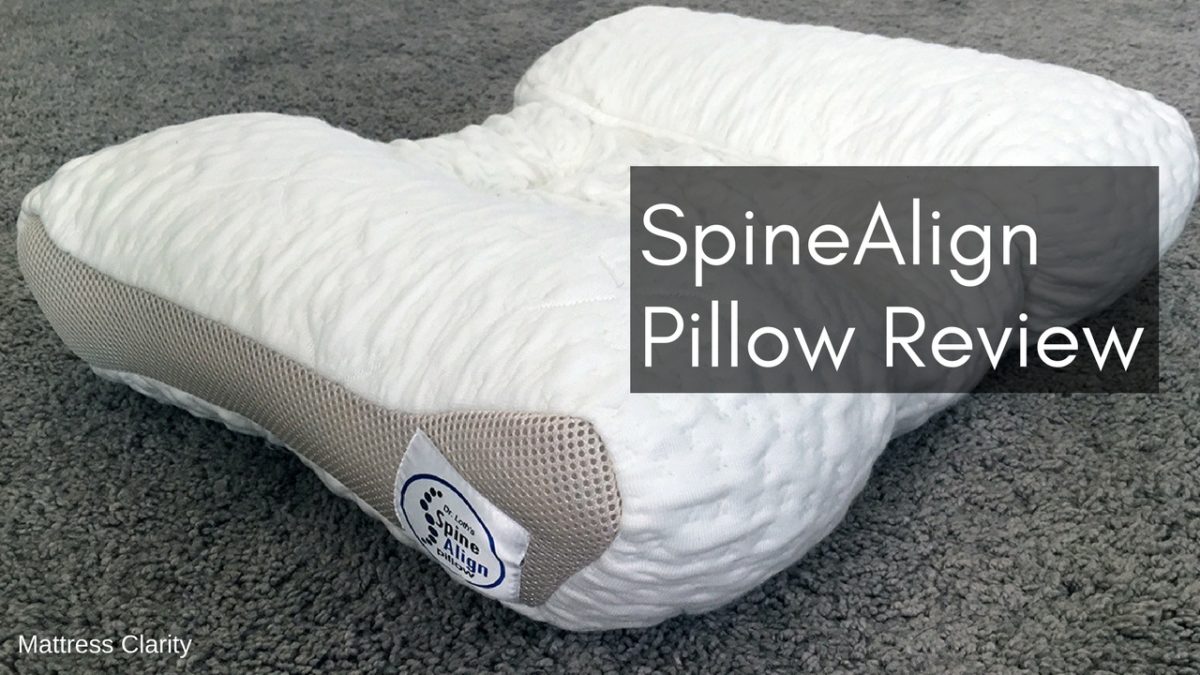

This fill is considered hypoallergenic and therefore a good choice for allergy sufferers, as long as it’s kept clean of dust and dust mites. This type of pillow is stuffed with a synthetic material that replicates the loft and feel of goose and duck down. Sinking into the feathers at night feels good when your head first touches down, but spending your night on a collapsed surface can make the next day lackluster, at best (and painful, at worst). Side sleepers who use down pillows should plan to replace them annually, as that’s typically how long the loft lasts before it really falls flat. If you’re ready to jump into the world of contoured pillows, the Therapedic Classic Contour Memory Foam Pillow may be a good option, as it is well reviewed by side sleepers for its balance of support and softness. Retailers like Bed Bath and Beyond also have generous return policies-check before you buy. Products from companies like Casper and Nectar offer a guarantee of 50 to 100 nights, so you can sleep on the pillow and return it if you don’t love it.

The shape may take some getting used to, so if you’re curious, you should consider the return policy when buying. For side sleepers, the more elevated part of the pillow should be under the neck, so their head is cradled by the indentation. One type of foam pillow that might appeal to side sleepers are “contoured” pillows, which have a “B” shape, and are sometimes called “cervical” pillows (referring to the vertebrae in your neck). Also, one downside of memory foam worth considering: The material can retain body heat more than other fills. However, research has yet to determine if memory foam actually improves the quality of people’s sleep.

Memory foam’s combination of support and adaptability fuels claims that mattresses and pillows made of these materials are good as sleep surfaces. In pillow form, these features allow it to mold to your head and neck.

The foam is absorbent but has a soft, squishy feel. Now, it’s everywhere in the bedding world. This spongy material was developed by NASA in the 1970s for use in airline seats. Side sleepers with broader shoulders or a larger frame will need a thicker pillow, and vice versa for people with smaller frames. Those who don’t use a pillow that is firm and high enough to provide this support may wake up stiff or with neck pain from the weight of the head putting stress on the neck muscles all night long. Side sleepers benefit from a pillow with more loft and fill, in order to keep their spine in a neutral position. When you sleep on your side, your pillow’s job is to fill in the space between your ear, neck, and shoulder so that your head and spine are aligned and supported. What side sleepers need to know about how they sleep Additionally, side sleepers suffer less lower back and neck strain than stomach sleepers. ( Stomach sleeping comes in a distant third.) Sleeping on your side has a number of benefits, including snoring prevention-in one study, researchers found that a pillow designed specifically to position the head to the side, rather than in supine position (or flat on the back), reduced snoring. In the scheme of sleep positions, side sleeping is a close second to sleeping on your back in terms of spine health and alignment. Pillows are integral to keeping your spine aligned and in a neutral (read: comfortable) position all night long. One of the keys to waking up refreshed-rather than with a crick in your neck-is using the right pillow for how you sleep.


 0 kommentar(er)
0 kommentar(er)
